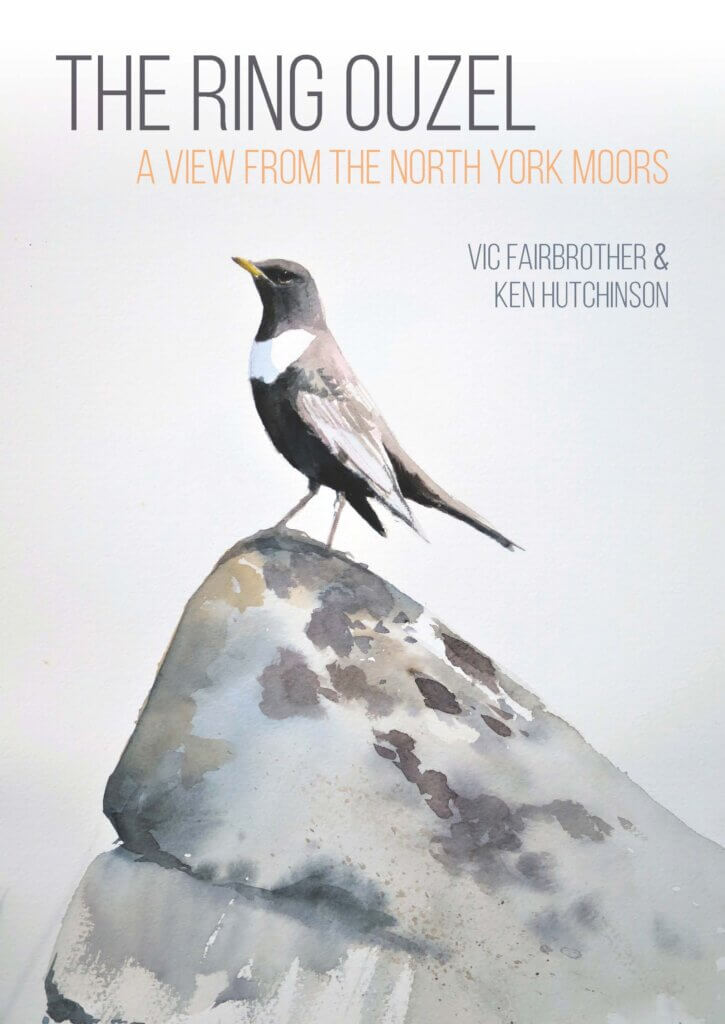
This superb book is the result of 20 years’ study of this one species by two men. I don’t know much about the two authors but they describe themselves as neither professional ornithologists nor academics – they are amateurs in only the best senses of the word. And rather than an amateur study we should regard this as a Corinthian one, carried out with great sportsmanship and for the love of the game.
The study of any single species is, let us admit it, fun. I’ve studied two species in a lot of detail in my life, the Pipistrelle Bat for my PhD and the European Bee-eater for six summers. In each case part of the reward is the feeling that you get of knowing the species well, and getting inside its head to some extent, and even realising that you are recognising differences in character, behaviours, between different individuals of a different species. This book captures and describes some of that thrill and it is clear that the authors know ‘their’ Ring Ouzels and ‘their’ patch of the North York Moors like the back of their hands. In four chapters which describe the nesting histories of different territories the authors describe very well what the birds were up to but also many of the joys and frustrations of field work.
Studying birds is fun. But making your observations and findings known to a wider audience is also important, and the area where many a Corinthian interest falls down – but not here. While apparently having lots of fun, the authors have amassed a wealth of data that takes forward our understanding of the mountain ouzel quite a bit. There are chapters on just about every aspect of this species’s life and And they set it out very clearly here as well as being part of the very active Ring Ouzel Study Group which facilitates information exchange between enthusiasts for this species.
And the book about their study is a good read too. Some professional academic studies are written up in too stiff and unexciting a manner and some Corinthian ones in too loose and vague a manner; these authors have definitely, for me at least, hit the happy medium of writing a facts-full, information-rich readable book.
Chris Rollie’s Foreword, as chair of the Ring Ouzel Study Group, is a good introduction to this species and this book.
This is another very nicely produced book from a small publisher, Whittles (see review of Ian Parsons’s A Vulture Landscape). The many colour photographs, tables, maps, graphs and artwork are all crisply and clearly presented and the text is laid out very well. Some larger publishers don’t do as good a job as this.
Ouzel or Ousel? I prefer Ousel myself.
The Ring Ouzel: a view from the North York Moors by Vic Fairbrother and Ken Hutchinson is published by Whittles Publishing.
[registration_form]
I have to say I prefer Ouzel. I love writing of winter exploits in my mountains, often referring to my excursions as ‘I am off Ouzeling’. It has a wonderful ring to the pronunciation, I can imagine an old and haggard Cornishman pursing his tongue around the ‘z’. So, and unusually, I find myself in disagreement with you Mark. Long live Ouzels!
Always look for them on Stanage Edge when we make our yearly visit to Peak District. Of course something we missed out on this year.
Really is one of our favourite birds and they seem to have accepted rock climbers who mostly seem to obey signs saying which bits to avoid.